Last-Minute NYC Holiday Gift Guide 🎁
We’ve created a holiday gift guide with presents for the intrepid New Yorker that should arrive just in time—

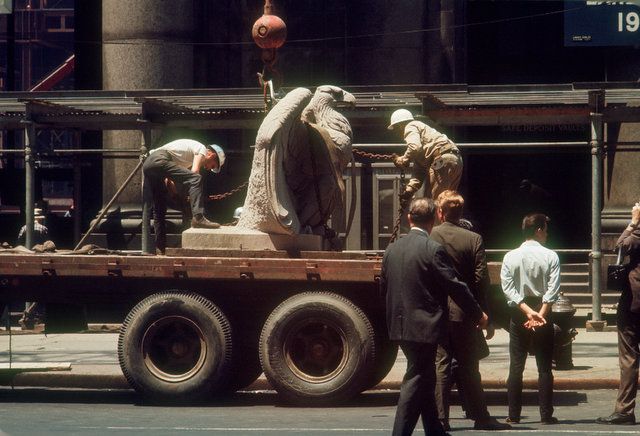
One of the original eagles of Penn Station. Find out where they are now. Photograph by Norman McGrath
Editor’s note: The following is a piece by Justin Rivers, who has been working for 10 years on a play about the demolition of Penn Station which previewed at the Center for Architecture last fall. The project, titled The Eternal Space, is currently in Kickstarter fundraiser to bring it to fruition.
Fifty-one years ago today, construction crews pulled up to the 33rd
Street entrance of New York City’s Beaux-Arts marvel, Pennsylvania Station, with orders to begin its three-year demolition. The station was only 53 years old at the time. It covered two full city blocks, making it the largest indoor public space in the world. Penn’s demolition was precipitated by the bankrupting of the Pennsylvania Railroad, who was forced to sell its air rights and move its rail operation down into an ill-conceived basement station barely one-third the original station’s size. Among many things, Penn Station’s destruction was a symbolic torch passing from the grandiose appreciation of the past to the austere simplicity of the future. As the New York Times so aptly put it in 1961, “The Age of Elegance bowed to the Age of Plastic.”
The story and conditions for Penn’s demolition formed all the necessary ingredients for a lavish stage drama: a magnificent structure succumbing to blind progress, the bankrupt railroad moguls acquiescing to the almighty dollar, and the small band of architects fighting to save the city from a civic and cultural crime. But all this was the furthest thing from my mind when I set out to write a play about it.
In February 2001, I came across Peter Moore’s book, The Destruction of Penn Station, a haunting photo-documentation of Penn’s demolition. To a young guy still trying to navigate 9-11’s senselessness, Moore’s photos made a crucial connection for me: we miss great buildings when they’re taken from us. For me, born 12 years after the physical building was wiped off the map, the original Penn Station lived in Moore’s meticulous three-year photo documentation. Moore brought it to life as he captured it dying.
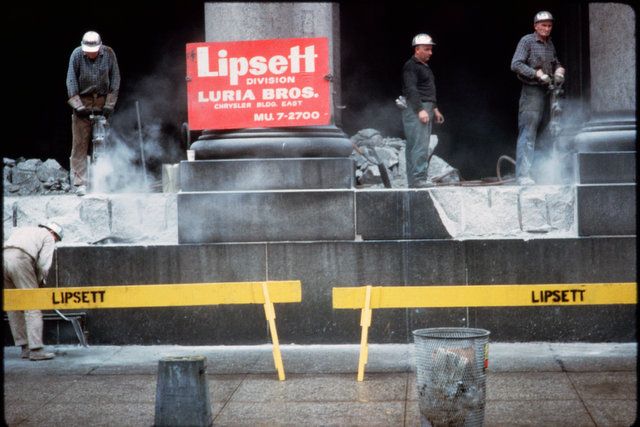
Photograph by Norman McGrath
When The Eternal Space took shape, its story wasn’t realized through a bombastic architect or an over-intellectualized urban planner bucking the system to keep the station standing. It came through the only person truly able to save Penn Station for future generations: a photographer (specifically, a fictional photographer who also works a day job as a construction worker taking down the station).
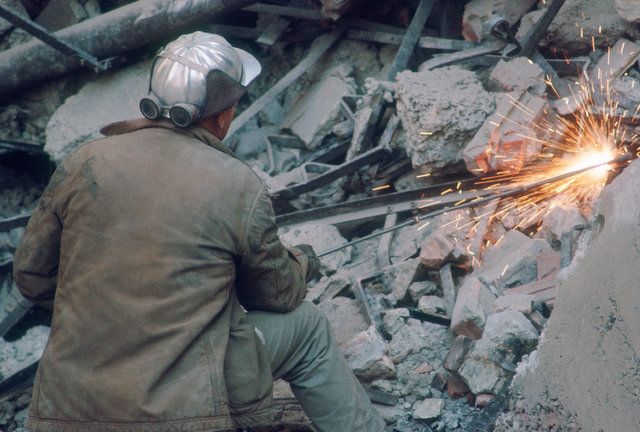
Photograph by Norman McGrath
With the show having only two characters, I envisioned photography as the third actor on stage. Indeed, I’d give the photographs their own stage directions in the script! In preparation for a showcase run, I was able to amass more than 1500 largely unseen Penn demolition photos from five unique and very talented photographers. You can learn much more about that on The Eternal Space website or by checking out the video on the live Kickstarter campaign.
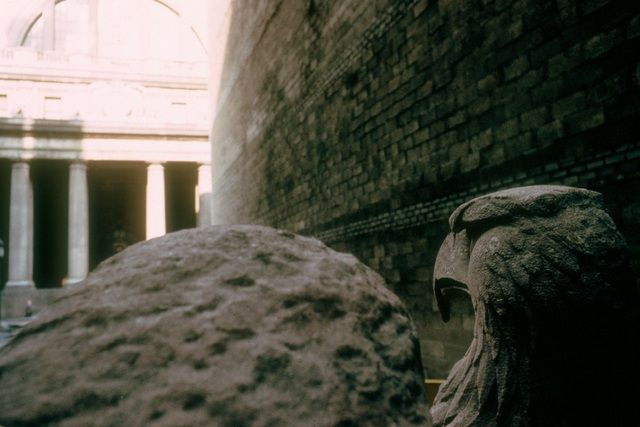
Photograph by Norman McGrath
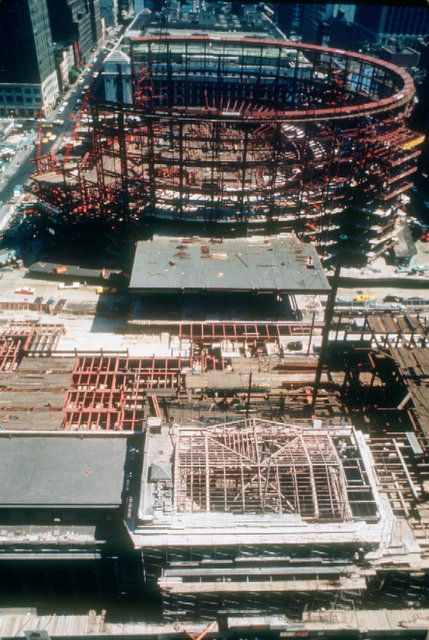
Photograph by Norman McGrath
After the play was read last year at the AIANY’s Center for Architecture, renowned architectural photographer and Eternal Space collaborator Norman McGrath said, “Finally a play about a photographer and photography. Well done!”
Sadly, the majority of us know Penn Station only from photos. In the case of Penn’s mythological demolition I would have been remiss to let the photographer’s story go unnoticed. I hope in a small way I was able shed some much-needed light on their incredible contributions.
Get tickets for our upcoming tour of the Remnants of Penn Station:
Tour of the Remnants of Penn Station
Should you be interested in helping The Eternal Space and the photos it is working to preserve reach a larger audience, please click through here and consider backing its Kickstarter campaign. Backer gifts include original demolition photographs by Norman McGrath and a remnants of Penn Station tour offered through Untapped Cities. See more photos of Penn Station demolition here.
Subscribe to our newsletter